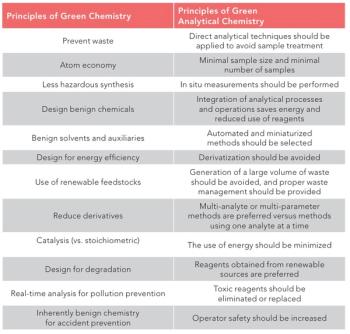
- February 2024
- Volume 20
- Issue 2
- Pages: 8
TD-GC×GC–TOF-MS Identifies VOCs in Skin as Tuberculosis Biomarkers
Blood and sputum are the most common means of detection by diagnostic tests, but producing adequate sputum can be difficult given a dry cough is often a TB symptom.
Thermal desorption combined with comprehensive two-dimensional gas chromatography and time-of-flight mass spectrometry (TD-GC×GC–TOF-MS) has been used by researchers at the University of Pretoria in South Africa to determine volatile organic compounds (VOCs) in human skin and assess their potential as biomarkers for diagnosing tuberculosis (TB).
The work of these authors, Portia C. K. Makhubela, Egmont R. Rohwer, and Yvette Naudé, was recently published in the Journal of Chromatography B (1).
According to the authors, TB remains a global health concern. Infection from this contagious, airborne bacterium most often results in pulmonary TB affecting the lungs (1). Blood and sputum are the most common means of detection by diagnostic tests, but producing adequate sputum, the authors said, can be difficult given a dry cough is often a TB symptom. This study proposes the use of a polydimethylsiloxane (PDMS) silicone rubber band, made in-house, as a non-invasive sampler for collecting VOCs from skin, from a mix of male and female participants—15 clinically diagnosed with TB, and 23 TB-negative.
Building on previous studies that had revealed compounds reported for TB from biofluids, the authors said their method identified 27 of those compounds in the skin samples, plus another 16 potential biomarkers that were previously unreported (1). An artificial neural network (ANN) multilayered perceptron, according to the research, identified 1H-indene, 2,3 dihydro-1,1,3-trimethyl-3-phenyl and heptane-3-ethyl-2-methyl as the two most discriminatory compounds overall, and 3-methylhexane as the most discriminatory between those who were TB-positive and TB-negative in the study.
In evaluating their hypothesis, the authors said the combination of a non-invasive skin test combined with the TD-GC×GC–TOF-MS platform performed favorably to other diagnostic methods including electronic nose and breath analysis, demonstrating that skin VOCs can distinguish between individuals with tuberculosis and without (1). For further investigation, the researchers recommended expanding the study cohort from the 38 people involved in this report, as well as confirming the identity of biomarkers with advanced techniques such as high-resolution mass spectrometry (HRMS).
Reference
(1) Makhubela, P. C. K.; Rohwer, E. R.; Naudé, Y. Detection of Tuberculosis-Associated Compounds from Human Skin by GC×GC–TOF-MS. J. Chromatogr. B 2023, 1231, 123937. DOI:
Articles in this issue
almost 2 years ago
Analysis of Accutrace Plus Marker in Fuels with GC–MSalmost 2 years ago
Calibrating the Low Molar Mass Range in GPC/SEC Using Oligomer Peaksalmost 2 years ago
Event Preview: HTC-18almost 2 years ago
Knauer Founder, Herbert Knauer, Dies at 92almost 2 years ago
LCGC International Expands News Coveragealmost 2 years ago
Cal State and Leco Launch Chemical Analysis Laboratoryalmost 2 years ago
Vol 20 No 2 The Column February 2024 North America PDFalmost 2 years ago
Vol 20 No 2 The Column February 2024 Europe PDFNewsletter
Join the global community of analytical scientists who trust LCGC for insights on the latest techniques, trends, and expert solutions in chromatography.




